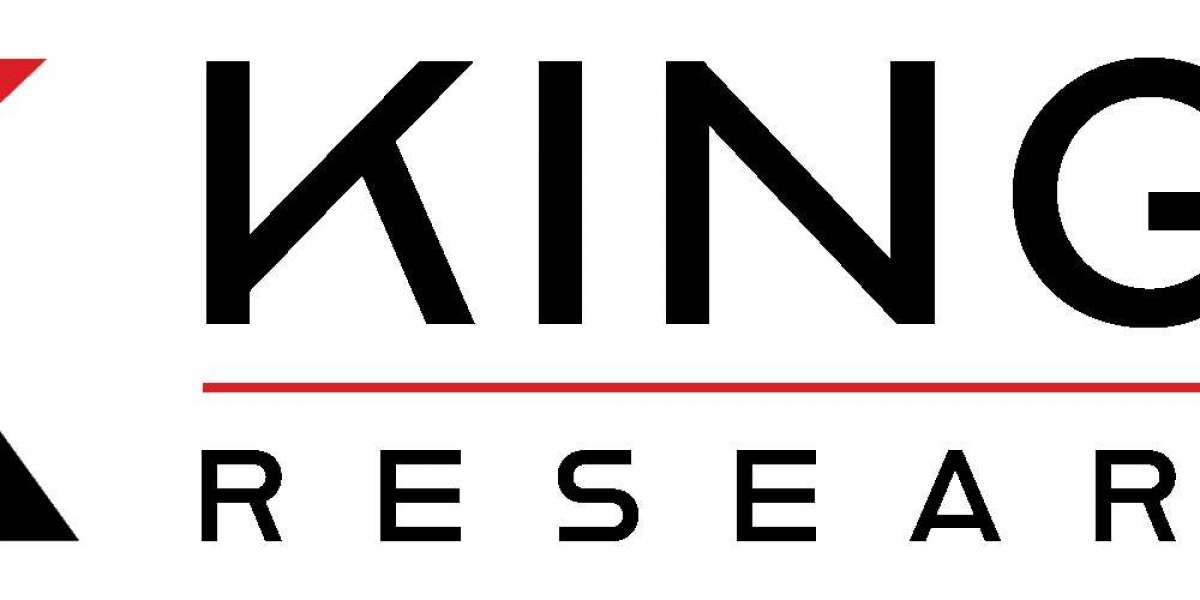The e-commerce landscape has evolved, with Shopify emerging as a powerful platform for driving sales and growing businesses. By leveraging the Shopify business model, entrepreneurs can not only set up an online store but also optimize it for maximum sales potential. In this article, we will explore how to drive sales to your business using Shopify's tools and strategies.
Optimize Your Online Store for Conversions
User-Friendly Design and Navigation
A well-designed, easy-to-navigate online store is essential for keeping customers engaged and driving sales. Shopify offers a variety of customizable themes that are mobile-responsive and aesthetically pleasing, helping businesses create an intuitive shopping experience.
Simplified Checkout Process
The checkout process can make or break your sales. Shopify’s one-page checkout feature minimizes cart abandonment by streamlining the process, allowing customers to complete their purchases quickly and efficiently.
Clear Call-to-Action Buttons
Ensuring that your store's call-to-action (CTA) buttons stand out is key to encouraging customers to take action. Shopify allows you to customize buttons like “Add to Cart” or “Buy Now,” making them more visible and enticing to users, driving higher conversion rates.
Leverage Shopify’s SEO Tools
On-Page SEO Optimization
Search engine optimization (SEO) is critical for driving organic traffic to your Shopify store. Shopify provides built-in SEO features that make it easy to optimize meta titles, descriptions, alt text, and URLs, ensuring your products rank higher on search engines.
Use Keywords Strategically
Conduct keyword research to identify search terms that your target audience is using. Incorporating these keywords into product titles, descriptions, and tags will help increase your store’s visibility on search engines, leading to more traffic and sales.
Blogging for SEO
Creating a blog within your Shopify store is an excellent way to drive traffic and establish authority. By publishing regular, high-quality content relevant to your niche, you can attract new visitors and convert them into paying customers.
Implement Email Marketing Campaigns
Build an Email List
Email marketing is a powerful tool for driving sales, and Shopify integrates seamlessly with various email marketing platforms. Building an email list allows you to communicate directly with potential and existing customers, offering them exclusive discounts and product updates.
Automated Email Campaigns
Shopify allows you to set up automated email sequences such as abandoned cart emails, welcome emails, and post-purchase follow-ups. These emails help re-engage customers and encourage them to complete their purchase or return to your store for future orders.
Personalize Your Emails
Personalization is key to a successful email marketing campaign. Use customer data to personalize your messages, including product recommendations based on browsing history or purchase behavior. This personal touch can significantly boost your email open rates and conversion rates.
Offer Discounts and Promotions
Create Time-Sensitive Promotions
Offering discounts and limited-time promotions is a proven way to boost sales. Shopify’s discount code feature allows you to create various types of promotions, such as percentage discounts, free shipping, or buy-one-get-one offers, helping incentivize customers to make a purchase.
Highlight Sales and Discounts on Your Homepage
Make sure that any active promotions are prominently displayed on your store’s homepage. Shopify’s customizable design allows you to highlight sales banners and pop-ups to grab the attention of visitors and encourage them to take advantage of the offer.
Loyalty Programs
Customer loyalty programs can help increase repeat purchases and customer retention. Shopify offers integrations with various loyalty program apps, allowing you to reward customers for their loyalty with points, discounts, or exclusive deals.
Use Shopify’s Social Media Integrations
Sell on Social Media Platforms
Shopify integrates with popular social media platforms like Facebook, Instagram, and Pinterest, enabling you to reach a broader audience. With Shopify, you can set up product catalogs on social media, allowing customers to browse and shop directly from your social media profiles.
Instagram and Facebook Shopping
By enabling Instagram and Facebook shopping, you can tag products in your posts and stories, creating a seamless shopping experience for your followers. This integration makes it easier for users to purchase products directly from their social media feeds, driving more sales.
Leverage Social Proof
Customer reviews and user-generated content on social media can boost your brand’s credibility and encourage others to make a purchase. Shopify allows you to showcase product reviews and customer photos on your store, building trust and increasing conversions.
Invest in Paid Advertising
Facebook and Instagram Ads
Facebook and Instagram ads are highly effective for driving traffic and sales to your Shopify store. By using Shopify’s Facebook integration, you can create targeted ad campaigns that reach specific demographics, helping you attract potential customers who are most likely to convert.
Retargeting Ads
Shopify allows you to set up retargeting ads that display your products to users who have previously visited your site but didn’t make a purchase. These ads serve as a reminder, encouraging potential customers to return to your store and complete their purchase.
Google Shopping Ads
Google Shopping ads are another effective way to drive traffic to your Shopify store. These ads display your products at the top of Google’s search results, giving your store increased visibility and attracting high-intent customers who are ready to buy.
Utilize Shopify Analytics to Drive Data-Driven Decisions
Track Key Performance Indicators (KPIs)
Shopify’s built-in analytics tools provide valuable insights into your store’s performance, allowing you to track KPIs such as conversion rates, average order value, and customer acquisition costs. Understanding these metrics will help you make informed decisions to improve your store’s performance.
Monitor Customer Behavior
Shopify also allows you to monitor customer behavior, including which products are being viewed, added to carts, and purchased. By analyzing this data, you can identify trends and adjust your marketing and product strategies accordingly to drive more sales.
A/B Testing for Optimization
A/B testing is essential for optimizing your Shopify store for conversions. Shopify’s integrations with third-party tools allow you to test different elements of your store, such as product pages, CTA buttons, and checkout processes, helping you determine which variations drive the most sales.
Conclusion
The Shopify business model offers a wealth of tools and strategies to help entrepreneurs drive sales and grow their businesses. By using a Shopify mobile app builder, you can optimize your store’s mobile design, making it easier for customers to shop on the go. Leveraging SEO, email marketing campaigns, and social media integrations allows you to attract more customers and increase conversions. Shopify also provides the flexibility to run promotions, track analytics, and invest in paid advertising, ensuring your business remains competitive in today’s digital marketplace. Taking advantage of these features will help unlock your store’s full sales potential.








